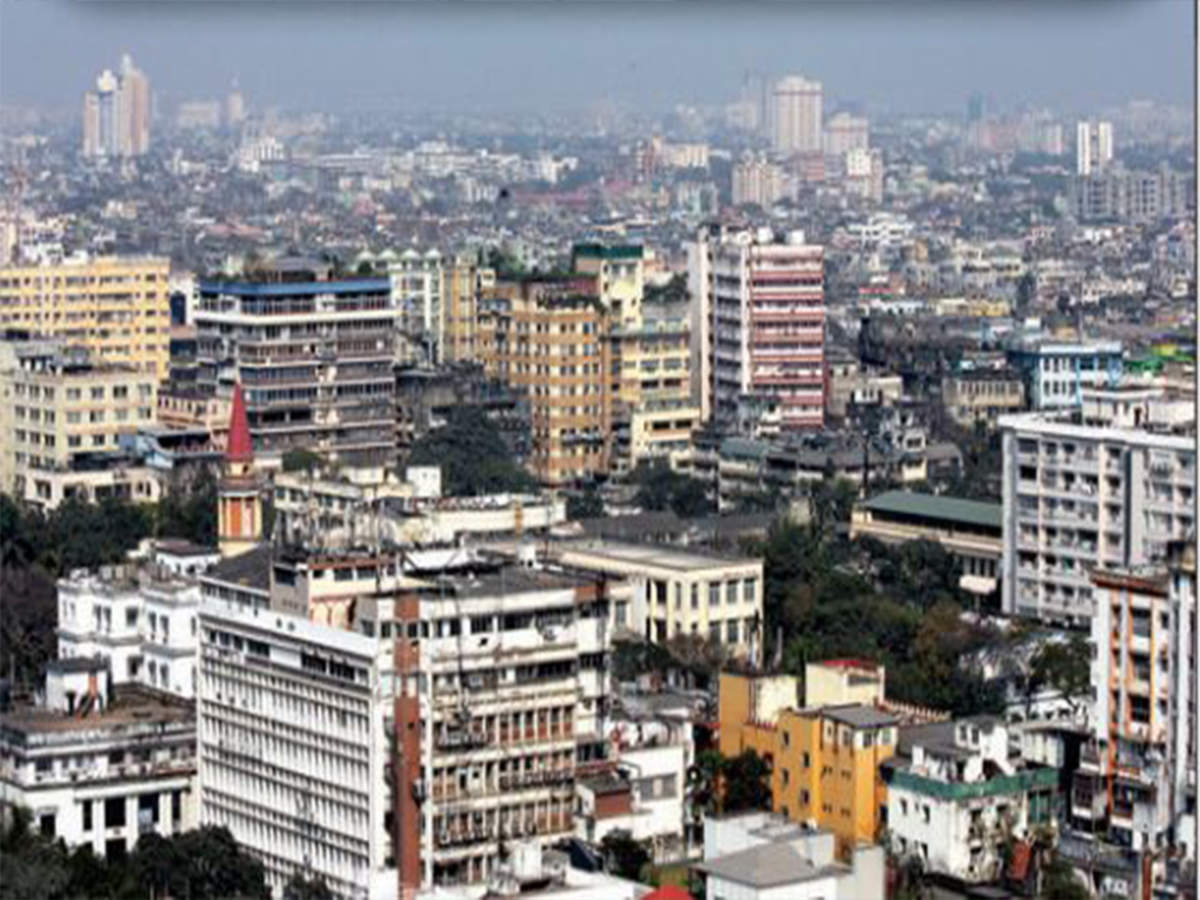URBAN SETTLEMENT AND ITS CLASSIFICATION
Urban settlements are generally compact and larger in size. They are engaged in a variety of non agricultural, economic and administrative functions.
Evolution of Towns in India
Towns flourished since prehistoric times in India. Even at the time of Indus valley civilisation, towns like Harappa and Mohanjodaro were in existence. The following period has witnessed evolution of towns. It continued with periodic ups and downs until the arrival of Europeans in India in the eighteenth century. On the basis of their evolution in different periods,
Indian towns may be classified as: • Ancient towns, • Medieval towns, and • Modern towns
Ancient Towns
There are number of towns in India having historical background spanning over 2000 years. Most of them developed as religious and cultural centres. Varanasi is one of the important towns among these. Prayag (Allahabad), Pataliputra (Patna), Madurai are some other examples of ancient towns in the country.
Medieval Towns
About 100 of the existing towns have their roots in the medieval period. Most of them developed as headquarters of principalities and kingdoms. These are fort towns which came up on the ruins of ancient towns. Important among them are Delhi, Hyderabad, Jaipur, Lucknow, Agra and Nagpur.
Modern Towns
The British and other Europeans have developed a number of towns in India. Starting their foothold on coastal locations, they first developed some trading ports such as Surat, Daman, Goa, Pondicherry, etc. The British later consolidated their hold around three principal nodes – Mumbai (Bombay), Chennai (Madras), and Kolkata (Calcutta) – and built them in the British style. Rapidly extending their domination either directly or through control over the princely states, they established their administrative centres, hilltowns as summer resorts, and added new civil,administrative and military areas to them. Towns based on modern industries also evolved after 1850. Jamshedpur can be cited as an example.
Functional Classification of Towns
Apart from their role as central or nodal places, many towns and cities perform specialised services. Some towns and cities specialise in certain functions and they are known for some specific activities, products or services. However, each town performs a number of functions.First attempt was made by Amrit Lal (1959). He used the Locational Quotient (L.Q.) method to determine the functional classification of the class I cities. According to Lal all the class I cities of India, except a few multifunctional in nature.
Qazi Ahmad (1965) used 62 variable to classify 102 Indian cities on the basis of their functions.
Ashok Mitra (1971,1973) used seven categories of workers as variables grouped into three major functional type i.e. manufacturing, trade & transport and services .
On the basis of dominant or specialised functions, Indian cities and towns can be broadly classified as follows:
Administrative towns and cities
Towns supporting administrative headquarters of higher order are administrative towns, such as Chandigarh, New Delhi, Bhopal, Shillong, Guwahati, Imphal, Srinagar, Gandhinagar, Jaipur Chennai, etc.
Industrial towns
Industries constitute prime motive force of these cities such as Mumbai, Salem, Coimbatore, Modinagar, Jamshedpur, Hugli, Bhilai, etc.
Transport Cities
They may be ports primarily engaged in export and import activities such as Kandla, Kochchi, Kozhikode, Vishakhapatnam, etc. or hubs of inland transport such as Agra, Dhulia, Mughal Sarai, Itarsi, Katni, etc.
Commercial towns Towns and cities specialising in trade and commerce are kept in this class. Kolkata, Saharanpur, Satna, etc. are some examples.
Mining towns These towns have developed in mineral rich areas such as Raniganj, Jharia, Digboi, Ankaleshwar, Singrauli, etc.
Garrisson Cantonment towns These towns emerged as garrisson towns such as Ambala, Jalandhar, Mhow, Babina, Udhampur, etc
Educational towns Starting as centres of education, some of the towns have grown into major campus towns such as Roorki, Varanasi, Aligarh, Pilani, Allahabad etc.
Religious and cultural towns Varanasi, Mathura, Amritsar, Madurai, Puri, Ajmer, Pushkar, Tirupati, Kurukshetra, Haridwar, Ujjain came to prominence due to their religious/cultural significance.
Tourist towns Nainital, Mussoorie, Shimla, Pachmarhi, Jodhpur, Jaisalmer, Udagamandalam (Ooty), Mount Abu are some of the tourist destinations. The cities are not static in their function. The functions change due to their dynamic nature.
Even specialised cities, as they grow into metropolises become multifunctional wherein industry, business, administration, transport, etc. become important. The functions get so intertwined that the city can not be categorised in a particular functional class.
Classification of Towns and Cities as per Census of India 2011
Classification of Towns in India
Classification of towns can be done on a number of basis and different countries and organizations use different classification of towns. It can be on basis of income level, education level, according to per capita income etc.
Classification of Towns as per census of India
All places with a municipality, corporation, cantonment board or notified town area committee, etc.
All other places which satisfied the following criteria:
A minimum population of 5,000;
At least 75 per cent of the male main working population engaged in non-agricultural pursuits; and
A density of population of at least 400 persons per sq. km.
The Census of India has classified towns into six categories on the basis of their population:
Class 1 towns with more than 1, 00,000 population,
Class II towns with 50,000 to 99,999 population,
Class III towns with 20,000 to 49,999 population,
Class IV towns with 10,000 to 19,999 population,
Class V towns with 5000 to 9,999 population
Class VI towns with less than 5,000 population.














0 Comments